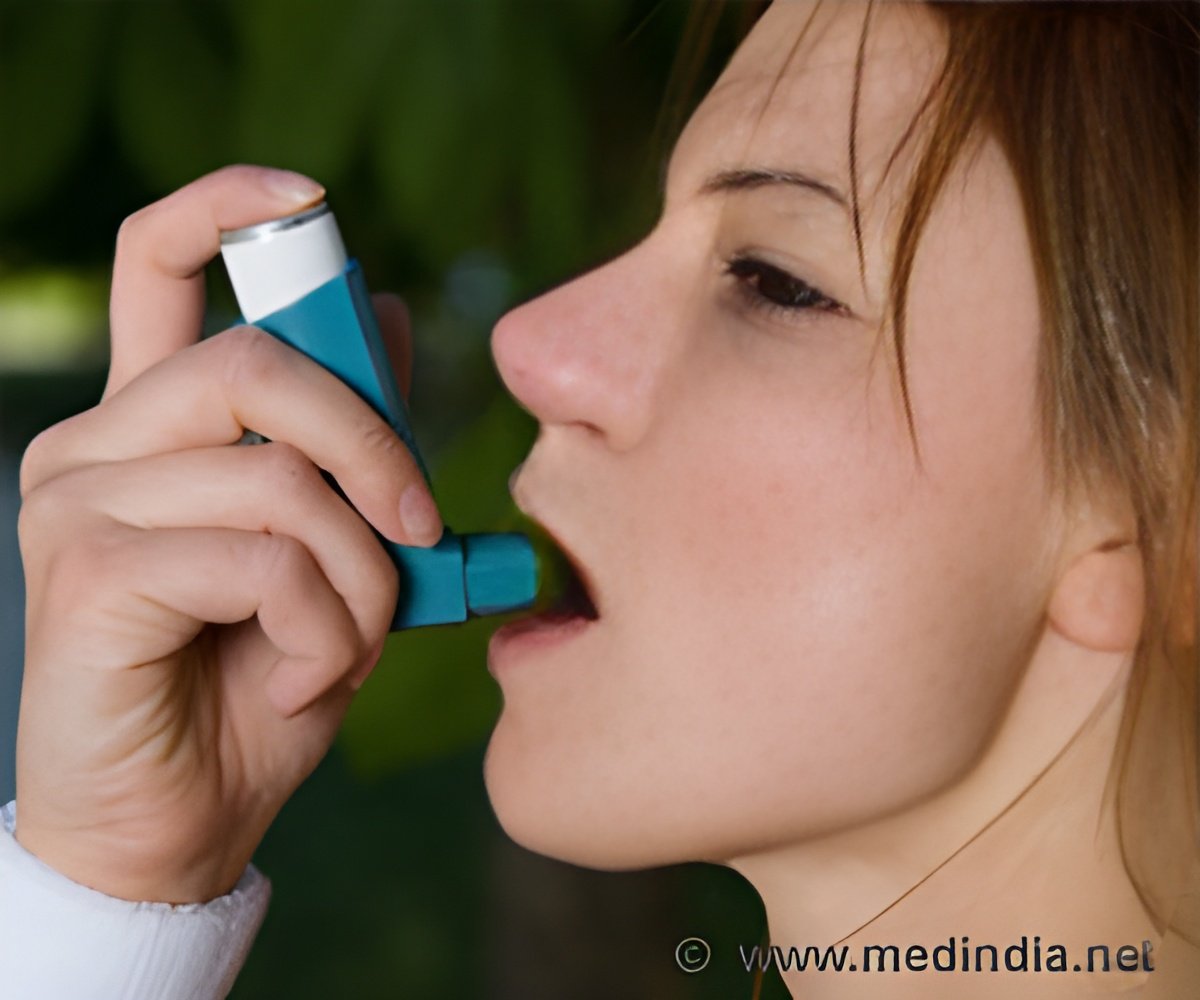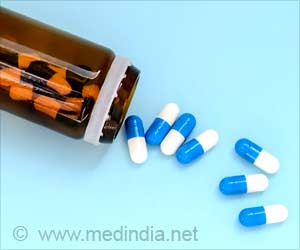Patients receiving treatment of opioid use disorder (OUD) are more susceptible to use medications for chronic and unrelated ailments.

‘More than 2.1 million Americans with active, past-year OUD, there remain pressing questions regarding how treatment access for OUD can be optimized.’
Read More..




Use of Antidepressants and Other Medications Increases after Starting BuprenorphineRead More..
Using a US insurance claims database, the researchers identified approximately 12,700 patients with OUD who started treatment with buprenorphine between 2011 and 2015. Buprenorphine is effective in reducing opioid use and opioid-related overdoses while improving social functioning and treatment retention. It is an important type of medication for addiction treatment (MAT), which can be used or without behavioral therapy to improve outcomes in patients with OUD.
The study focused on five categories of drugs used to treat chronic diseases that commonly occur among individuals with OUD: cholesterol-lowering drugs, antipsychotics, anti-seizure drugs, anti-diabetes drugs, and antidepressants. The researchers hypothesized that patients would be more likely to be treated for these comorbid diseases during periods when they were receiving buprenorphine. Overall, about 5,600 of the OUD patients receiving buprenorphine had a prescription for at least one of the five medication classes.
Antidepressants were the most commonly prescribed category, 37 percent of patients; followed by anti-seizure drugs (which can be used as mood stabilizers among individuals with the bipolar affective disorder), 19 percent. Approximately six percent of patients with OUD receiving buprenorphine had a prescription for cholesterol-lowering drugs, 5.5 percent for antipsychotics, and two percent for anti-diabetes drugs.
For all five medication classes, patients were more likely to have a supply of their prescribed drug on days when they also had buprenorphine on hand. The study included an adjustment for other factors, including the patients' level of adherence to prescribed medications before starting buprenorphine.
Advertisement
The effect was largest for antidepressants, where the probability of having a prescribed antidepressant on hand increased from 54 percent without buprenorphine to 62 percent with buprenorphine.
Advertisement
With rising numbers of patients receiving buprenorphine and other forms of MAT, it's important to understand the impact on the treatment of common psychiatric and non-psychiatric illnesses that often accompany OUD.
The study suggests "potential spillover benefits," with buprenorphine facilitating greater treatment for chronic, unrelated conditions. While the study can't show any causal effect, the researchers speculate that patients starting evidence-based buprenorphine therapy for OUD "may experience improved organization and self-efficacy that could lead to better adherence to treatments for comorbid conditions."
Regular contact with the healthcare system might also play a role, along with other life circumstances related to starting treatment for OUD. Dr. Alexander comments: "Our findings are of both clinical and economic importance because there is a large, and growing, population with OUD in the United States, and their care needs extend far beyond opioid use disorder alone."
Source-Newswise













